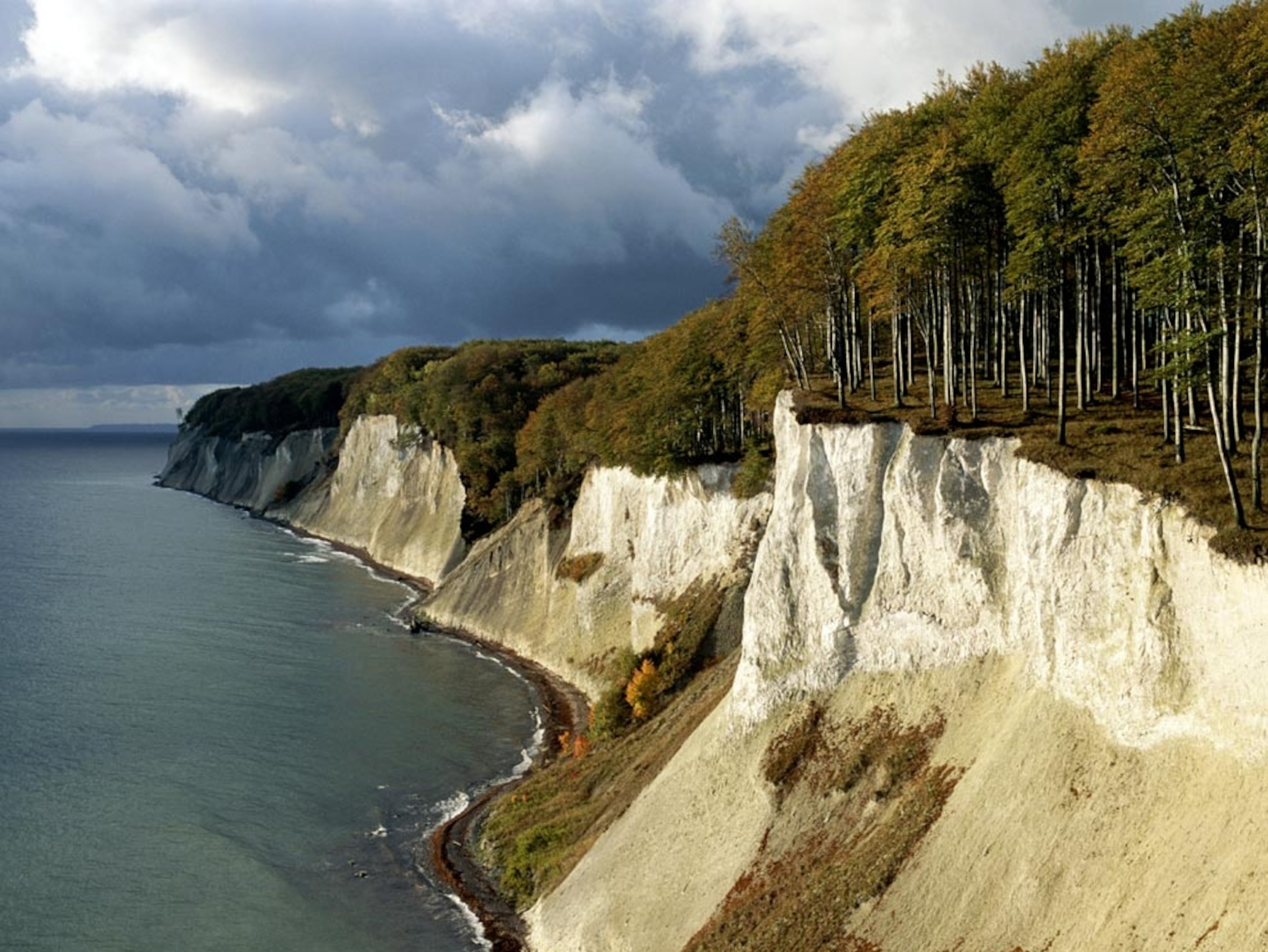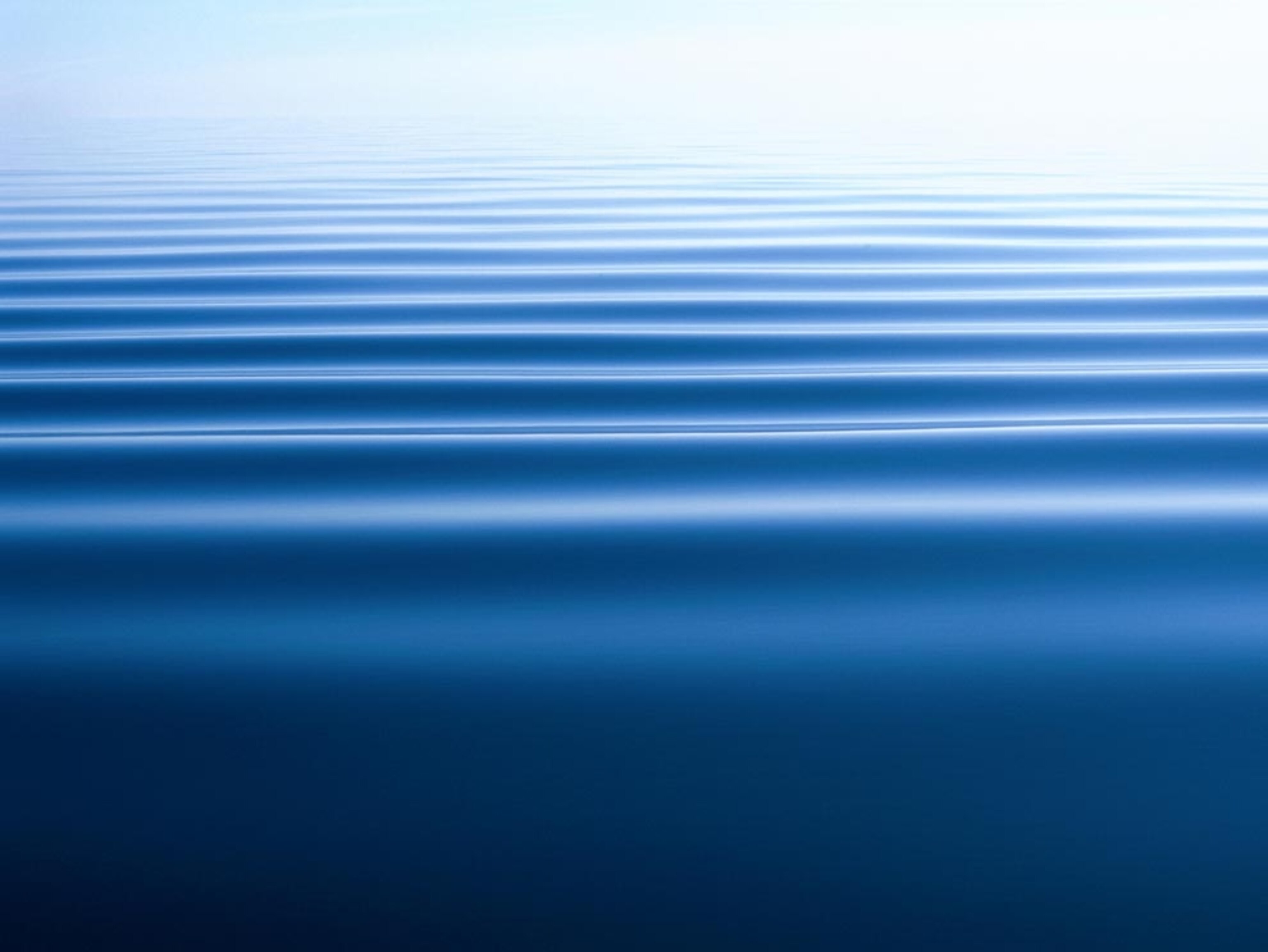
Everything to know about Olympic National Park
Washington State’s stunning landscapes have earned this park World Heritage status.
The pandemic has disrupted travel to national parks and wilderness areas. To find out which parks are open and how to visit them safely, scan the National Park Service’s coronavirus resource page. You can also search for parks by state. Planning a visit to a nearby park? Practice safe social distancing, pack your own food and necessities, and don’t forget the bug spray.
fast facts
Established: 1938
Size: 922,650 acres
Annual Visitors: 3.4 million
Visitor Centers: Port Angeles, Hurricane Ridge, Hoh Rain Forest, Lake Quinault
Entrance Fee: $25 vehicles; $10 individuals
nps.gov/olym
One of the most primeval parts of the lower 48 states, Olympic National Park covers nearly 1 million acres of the eponymous peninsula in Washington State—95 percent of which is designated wilderness. While the typical image of the park is a dark, damp, and overwhelmingly beautiful temperate rainforest, the park also shelters alpine highlands, tranquil lakeshores, and a wild Pacific coastline that seems totally untouched by humans.
Olympic is one of the places that President Teddy Roosevelt recognized as an endangered national treasure, protecting the area’s snowcapped peaks and lush forest with national monument status in 1909. That set the stage for a struggle between the timber industry and conservationists that segued into the ecological wave that later swept the Pacific Northwest.
In 1938, Olympic was designated as a national park, after an act of Congress that was signed into law by President Franklin Roosevelt.
Can’t-miss experiences
While it’s possible to enter the park from more than two dozen spots off the Olympic Highway (U.S. 101), the most popular is via Port Angeles on the peninsula’s north shore. The city’s Olympic National Park Visitor Center provides the usual range of information, books, and maps, as well as hands-on exhibits on the park’s human and natural history. Two short nature walks, the Living Forest Loop (0.4 mile) and Peabody Creek Trail (0.5 mile), are a good introduction to the nature that lies ahead.
Mount Angeles Road meanders 17 miles south into the heart of the park and a popular spot called Hurricane Ridge, where another visitor center offers exhibits and ranger-guided activities during the summer. Hikers have plenty of choices, from the short, flat Big Meadow Loop (a quarter mile) to challenging treks like the 8-mile Wolf Creek Trail to Whiskey Bend. During winter, snow-shoeing and cross-country skiing take over the Hurricane (equipment rentals are available at the gift shop).
Heading west from Port Angeles, Highway 101 makes a beeline for blue-green Lake Crescent, renowned for both its beauty and indigenous trout species. Get out on the water with a rental boat from Fairholme Store, hike or bike the north shore via the 10.5-mile Spruce Railroad Trail, or take a refreshing dip at East Beach.
Just beyond the lake’s western end, a side road leads to Sol Duc Hot Springs with its outdoor mineral pools (the hottest averages 104°F) and massage treatments. The valley is also renowned for its ancient forest, with many of the towering trees more than 200 years old. Salmon Cascades is a great spot to watch fish spawn in the fall, while trails lead off to Mink Lake, Sol Duc Falls, and the secluded Seven Lakes Basin.
Over on the park’s supersaturated west side, the Hoh Valley is home to the park’s most enchanting forest, a mosaic of moss, ferns, and giant trees that really does look like something from a medieval fairytale (or Sasquatch movie). This is also the gateway to 7,980-foot Mount Olympus, the park’s highest point. Glacier-climbing skills are necessary to reach the peak, but day hikers can reach the base of Blue Glacier via the 18-mile Hoh River Trail.
As Anne and Mike Howard wrote for National Geographic, the Quinault Valley is “a humbling place,” home to some of the largest hemlocks, Douglas firs, western red cedars, and a 1,000-year-old Sitka spruce. The Howards suggest starting with the educational Quinault Rain Forest Nature Loop, a half-mile trail through this textbook example of a temperate rain forest. Continue hiking on the various connecting trails or keep it mellow with a 31-mile drive around the exceptionally scenic lake.
Separated from the rest of the park by private and tribal lands, Kalaloch area protects 65 miles of a wild Pacific coast carved by waves and tidal action. Riptides and floating logs inhibit swimming or surfing in these waters. The shoreline is more suited to long walks, exploring tide pools, and scouting for the harbor seals, porpoises, sea otters, and other local denizens.
where to stay
Hotels
• Lake Crescent Lodge: Founded in 1915, the south shore inn offers biking, fishing, and paddle sports; restaurant, gift shop.
• Log Cabin Resort: Perched on the north shore of Lake Crescent, the resort provides a wide range of choices from rustic camper cabins to A-frame chalets; restaurants, boat rental, general store.
• Sol Duc Hot Springs Resort: The mineral pools are just steps away from this historic retreat founded in 1912 in the Sol Duc Valley; restaurant, grocery store, gift shop, spa treatments.
• Kalaloch Lodge: Cabins and motel-style rooms overlook the Pacific; restaurant, gift shop.
Camping
• Olympic National Park contains 14 developed campgrounds and scores of backcountry possibilities. Check with the Park Service for more info.
Off-season things to do
• Situated above 5,000 feet, Hurricane Ridge becomes a snowy winter playground from roughly December to March.
• Snowshoeing and cross-country skiing are popular (ranger-guided tours are available and equipment can be rented at the gift shop).
• Alpine skiing, snowboarding, and tubing are available at the small Hurricane Ridge Ski and Snowboard Area.
Related Topics
You May Also Like
Go Further
Animals
- What La Palma's 'lava tubes' tell us about life on other planetsWhat La Palma's 'lava tubes' tell us about life on other planets
- This fungus turns cicadas into zombies who procreate—then dieThis fungus turns cicadas into zombies who procreate—then die
- How can we protect grizzlies from their biggest threat—trains?How can we protect grizzlies from their biggest threat—trains?
- This ‘saber-toothed’ salmon wasn’t quite what we thoughtThis ‘saber-toothed’ salmon wasn’t quite what we thought
- Why this rhino-zebra friendship makes perfect senseWhy this rhino-zebra friendship makes perfect sense
Environment
- What La Palma's 'lava tubes' tell us about life on other planetsWhat La Palma's 'lava tubes' tell us about life on other planets
- How fungi form ‘fairy rings’ and inspire superstitionsHow fungi form ‘fairy rings’ and inspire superstitions
- Your favorite foods may not taste the same in the future. Here's why.Your favorite foods may not taste the same in the future. Here's why.
- Are the Great Lakes the key to solving America’s emissions conundrum?Are the Great Lakes the key to solving America’s emissions conundrum?
- The world’s historic sites face climate change. Can Petra lead the way?The world’s historic sites face climate change. Can Petra lead the way?
History & Culture
- Hawaii's Lei Day is about so much more than flowersHawaii's Lei Day is about so much more than flowers
- When treasure hunters find artifacts, who gets to keep them?When treasure hunters find artifacts, who gets to keep them?
- Meet the original members of the tortured poets departmentMeet the original members of the tortured poets department
- When America's first ladies brought séances to the White HouseWhen America's first ladies brought séances to the White House
Science
- Should you be concerned about bird flu in your milk?Should you be concerned about bird flu in your milk?
- Here's how astronomers found one of the rarest phenomenons in spaceHere's how astronomers found one of the rarest phenomenons in space
Travel
- On this Croatian peninsula, traditions are securing locals' futuresOn this Croatian peninsula, traditions are securing locals' futures
- Are Italy's 'problem bears' a danger to travellers?Are Italy's 'problem bears' a danger to travellers?
- How to navigate Nantes’ arts and culture scene
- Paid Content
How to navigate Nantes’ arts and culture scene - This striking city is home to some of Spain's most stylish hotelsThis striking city is home to some of Spain's most stylish hotels















